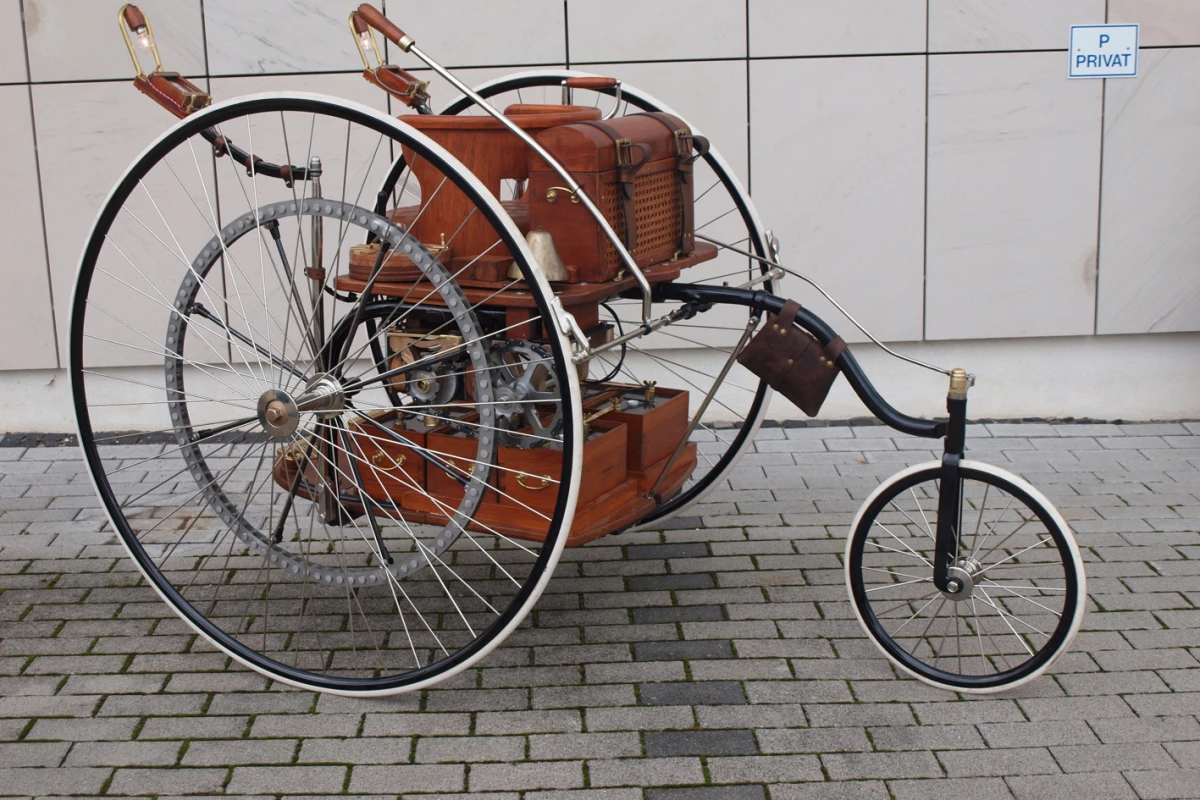As more and more mainstream car manufacturers join a new wave of electric vehicle development, it looks like we're definitely headed for an electric transport future. While powering a car with an electric motor is not exactly a new innovation, you may be surprised to learn exactly how old the technology is. A team led by Horst Schultz - the director and founder of Germany's Autovision Museum - has spent the last year or so painstakingly recreating the world's first street-ready electric car, designed and created by English scientists William Ayrton and John Perry, and which first hit the streets in 1881.
The Autovision Museum currently plays host to electric vehicles dating back as far as 1899, but the origins of the electric car go back even farther. Research by the Museum team revealed that a Frenchman named Gustav Trouvé actually attempted to fit a Coventry tricycle with an electric motor as a showpiece for the opening of the Paris Electricity Trade Show in 1881, with somewhat limited success. His vehicle used cable winches to dip lead plates into the acid of open batteries, with the depth of immersion determining the vehicle's speed. It moved, but could hardly be considered worthy for regular road travel.

A few months later, Ayrton and Perry presented a horseless carriage - created as a mobile billboard to advertise new electronic inventions at trade shows throughout Europe - that fared a lot better. Based on a Starley trike, which had just been launched, their electric car had a small electric motor concealed beneath the wooden panel of the seat, which powered the huge front wheels via a fixed roller chain.
Under the seating area was another panel that was home to the rechargeable power supply units. The vehicle also featured the scientists' own voltmeter and amp meter, and a debut outing for a speed-controlling battery-regulating switch. It had a range of 40 km (24.8 miles) and a top speed of 14 km/h (8.69 mph).
By way of some perspective, Ayrton and Perry's electric car was on the road just over a year after Thomas Edison's public unveiling of the very first electric light bulb at Menlo Park on 31 December 1879, and a full five years ahead of the similarly three-wheeled gas-powered car of Karl Benz.
Unfortunately, there are no surviving models in existence, so the Autovision Museum team decided to use reverse engineering to construct a scale replica. Following in the footsteps of the pioneering English scientists, Schultz's team spent a great deal of time and effort locating and buying a surviving model of the Starley tricycle. Rather than risk damage to the valuable original during its electric conversion, though, the team opted for a completely new build.
The now-finished replica of Ayrton and Perry's electric car - which can be seen in action below - features a 0.5kW vertical electric motor and 54V/7.5Ah batteries, and has taken pride of place in the Museum's electric vehicle exhibition.







